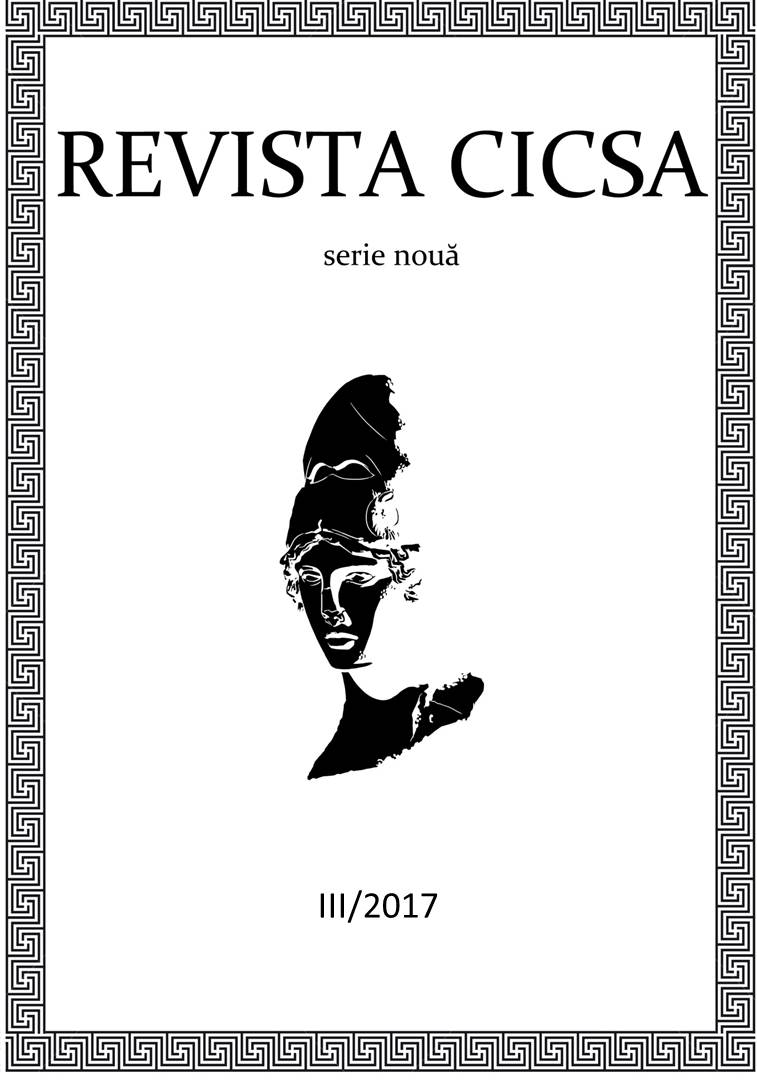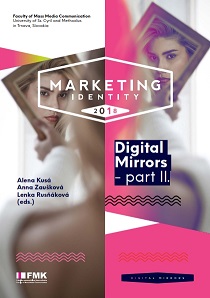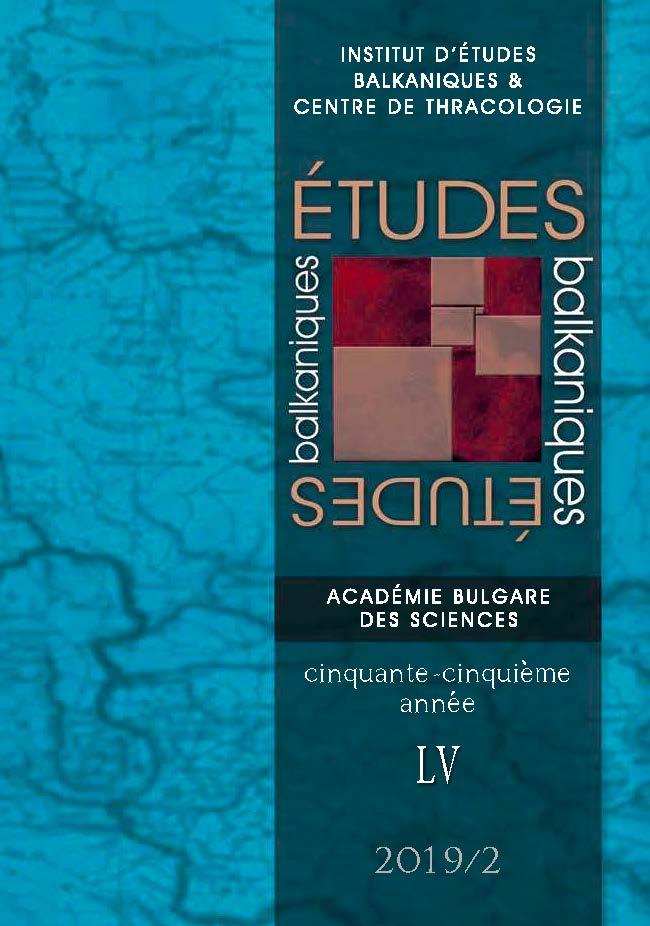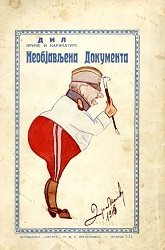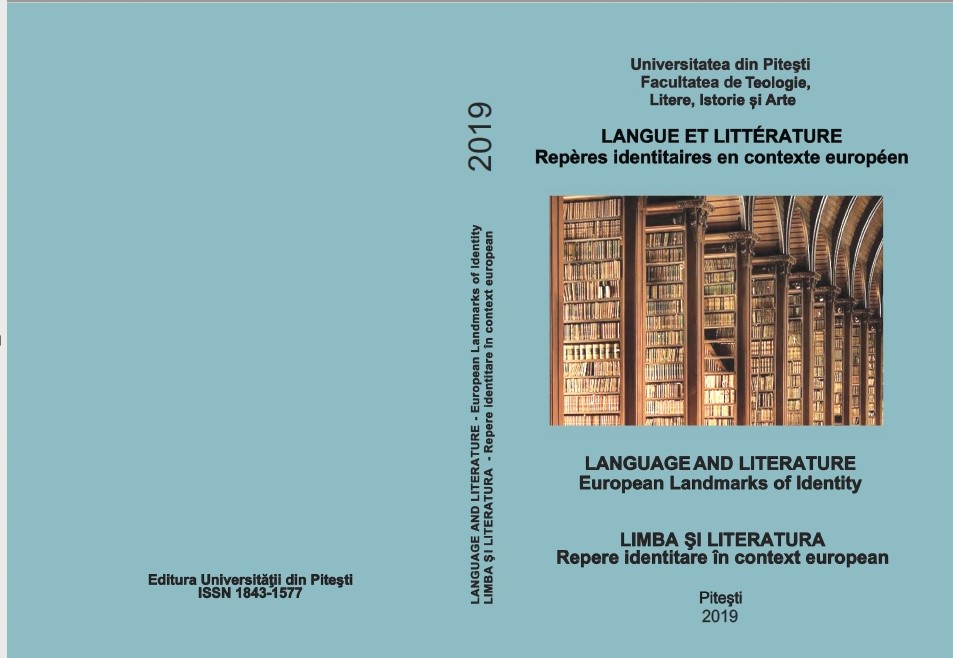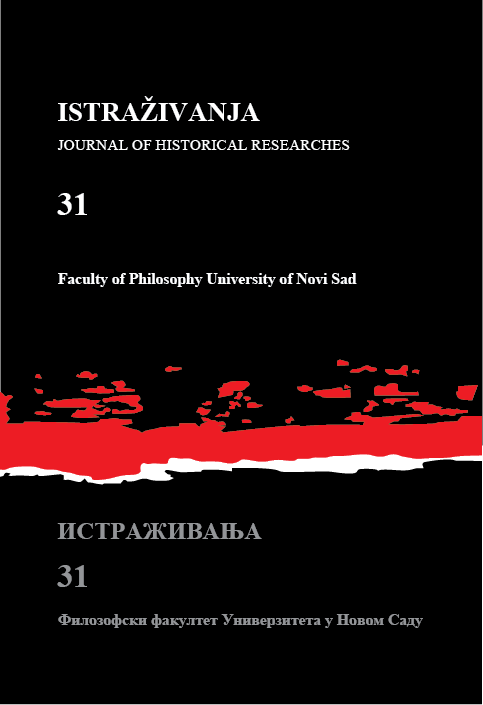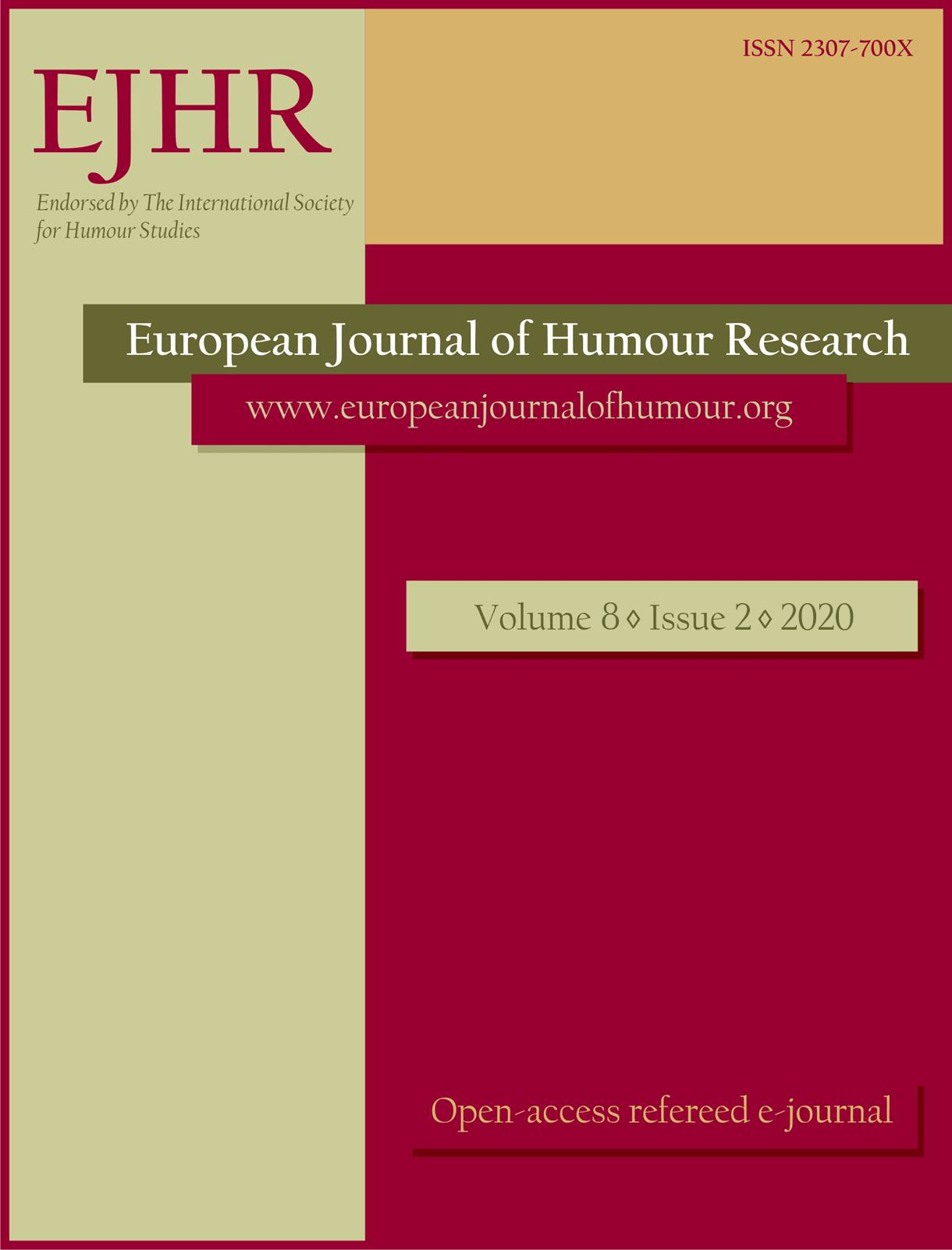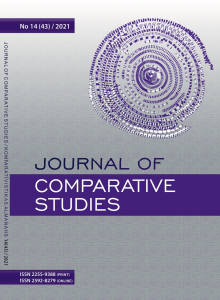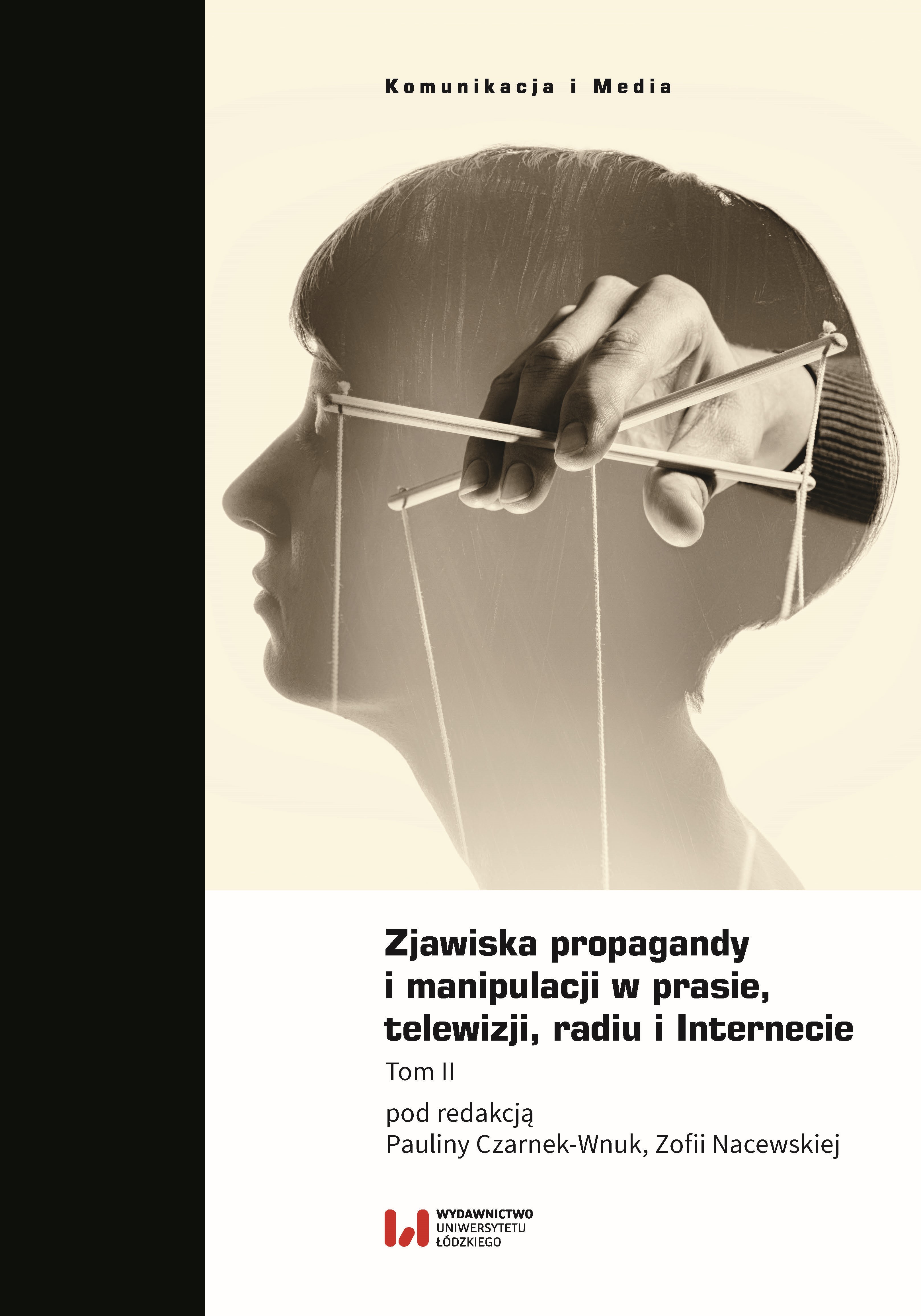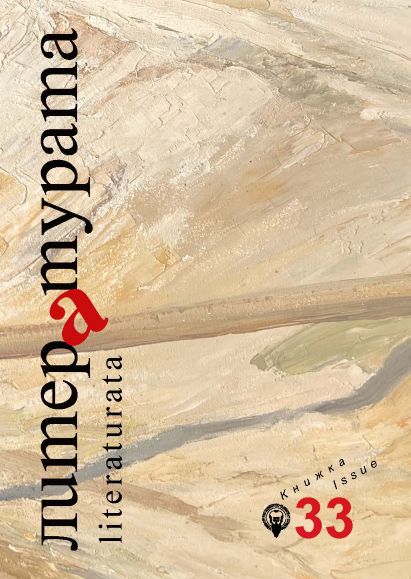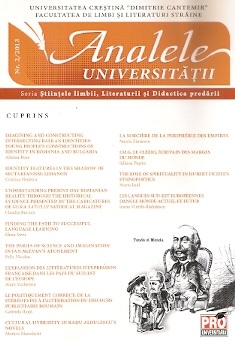
Understanding present- day Romanian reality through the historical evidence presented by the caricatures of Gura Satului satirical magazine
Understanding present-day Romanian reality through the Historical evidence presented by the caricatures of Gura Satului satirical magazine
Keywords: Gura Satului; caricatures; satirical press; Transiylvania;
The present paper aims at giving an insight on the fact that the history of a nation undoubtedly records the mirroring of its past into its present. Thus ,one cannot clearly understand the social and historical peculiarities of a certain people without thoroughly analyzing its past.
More...
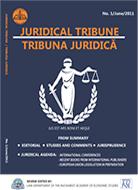
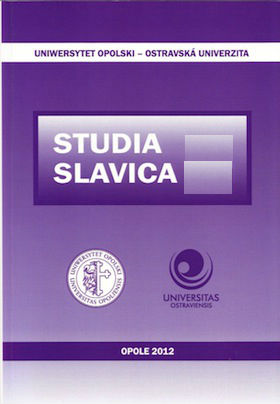
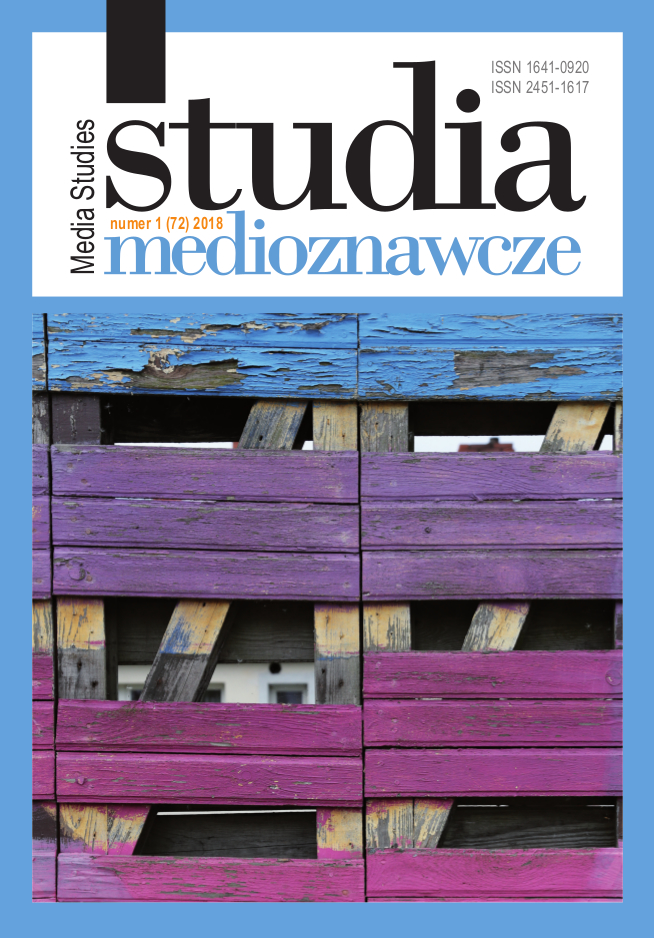
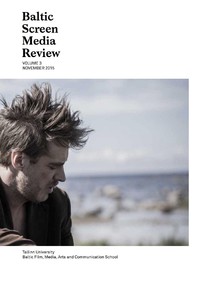
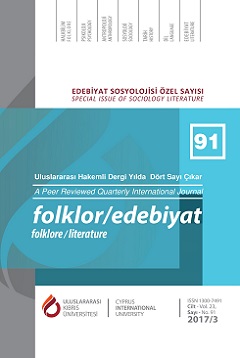
![Lidija Bencetić, Komunizam u slici [Communism in image], (Zagreb:
Hrvatski institut za povijest, 2017)](/api/image/getissuecoverimage?id=picture_2018_44407.jpg)
